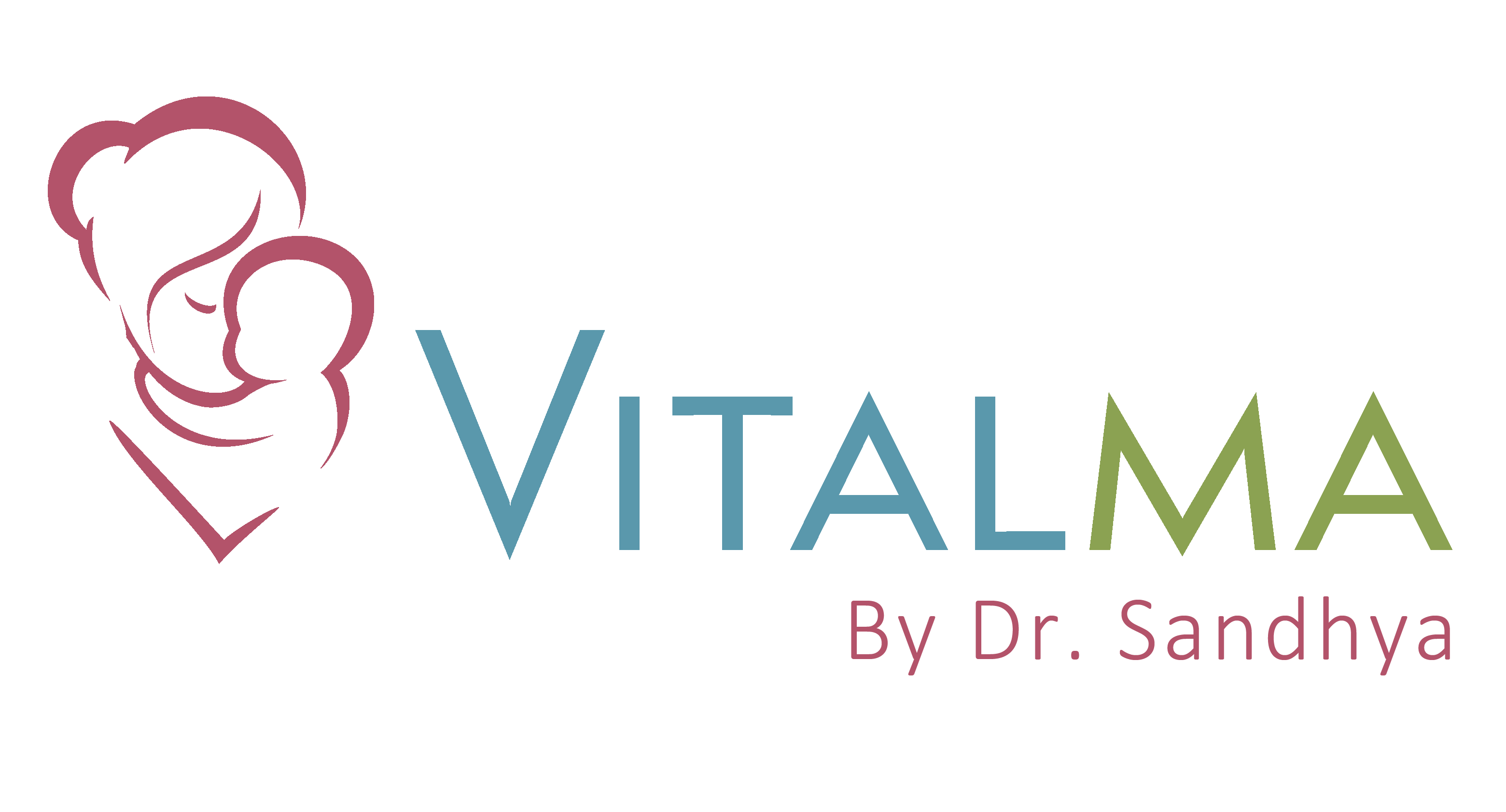By Siyona Varghese
Posture plays a crucial role in the physical and cognitive development of young children. At the age of four, a child’s body is growing rapidly, and maintaining good posture is essential for healthy bone development, muscle strength, and overall well-being. Poor posture, on the other hand, can lead to long-term health issues, including back pain, reduced coordination, and even hindered cognitive function.
The Importance of Good Posture
Proper posture ensures that a child’s spine, muscles, and joints are aligned correctly, leading to:
Healthy Spine Development – Encourages proper curvature of the spine, reducing the risk of misalignment.
Stronger Muscles and Bones – Supports balanced growth and prevents strain on developing muscles.
Better Breathing and Circulation – Enhances lung function and oxygen flow to the brain.
Improved Balance and Coordination – Helps children with motor skills, stability, and physical activities.
Enhanced Concentration and Learning – Proper posture supports better focus and cognitive function.
Common Posture Problems in Young Children
Some posture-related concerns that affect young children include:
Slouching While Sitting – Leads to weak core muscles and spinal misalignment.
Forward Head Posture – Often caused by excessive screen time, putting strain on the neck and shoulders.
Flat Feet or Improper Walking Posture – Can impact balance and muscle development.
Uneven Weight Distribution – Carrying a heavy backpack improperly may lead to spinal curvature issues.
How to Encourage Good Posture in a 4-Year-Old
Promote Active Play: Activities like running, jumping, and climbing strengthen core muscles and improve coordination.
Teach Proper Sitting Habits: Ensure children sit with their feet flat on the ground, back straight, and shoulders relaxed.
Limit Screen Time: Encourage breaks and maintain proper screen-viewing angles to prevent neck strain.
Choose Supportive Footwear: Proper shoes support healthy foot posture and alignment.
Encourage Stretching and Strength Exercises: Simple stretches and exercises help build muscle strength and flexibility.
Signs of Poor Posture to Watch For
Parents should look out for:
- Frequent complaints of back or neck pain.
- Difficulty maintaining balance.
- Noticeable slouching or rounded shoulders.
- Uneven walking patterns.
Conclusion
Posture is a foundational aspect of a child’s overall health and development. By promoting good posture early through physical activity, proper sitting habits, and regular monitoring, parents can ensure their child grows strong, healthy, and ready for the future.
References

